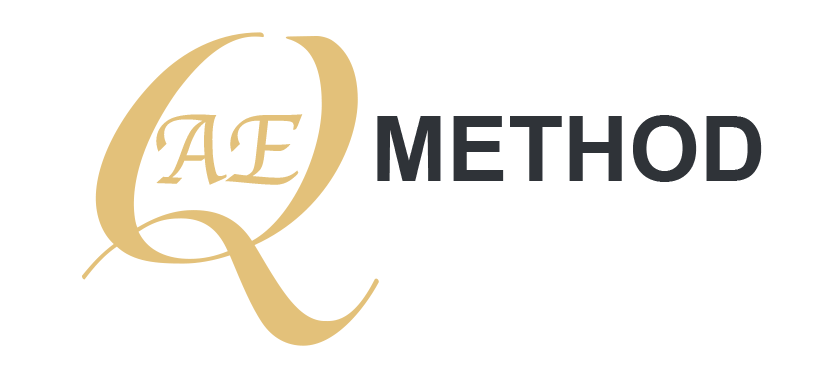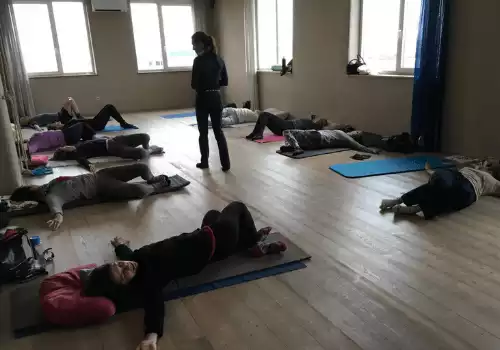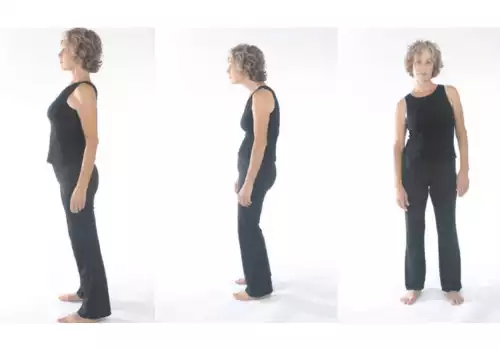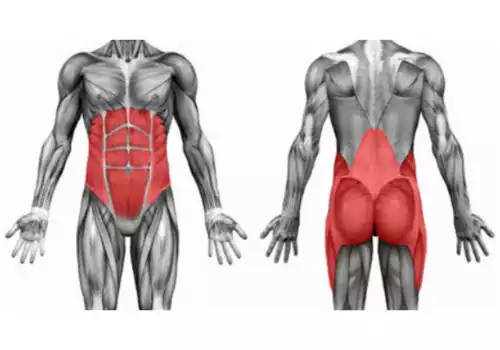The AEQ method® is characterized by pandiculation, which restores the feeling of muscle control and improves a certain movement pattern.
Pandiculation is an active approach to solving the problem of losing control over your muscles, and it is done in three phases.
Phase one: slow movement into contraction
With a slow movement, we tense the agonist muscles to the point that we consciously feel the movement. This establishes control over those muscles that we cannot control due to sensory-motor amnesia. We make sure the tension is not too strong. We observe sensations as we move. Now is the time for the second, most important act of pandiculation.
Phase two: relaxing and extending
We slowly and consciously relax our muscles that we tensed up in phase one and are now extending them; we do this as slowly as possible. We carefully monitor our feelings and try to control them while evaluating said control to compare our progress better when performing the exercise again later. If sensory-motor amnesia is present during the control, there will be an empty, foggy feeling, shaking or skipping, even a feeling of excessive difficulty. These are states that are suitable for starting learning. We begin to detect the wrong movement pattern. We begin to perform the movement consciously. The slower we perform the second phase, and the more we put our consciousness to work, the more movement we notice, the more mistakes get rectified, and we learn more. It is extremely important that we perform the movement fully consciously and that we do not ‘fall out of the movement’ in the end. In the beginning, this is a bit more difficult, but over time, the control is radically improved, and at the same time, the feeling develops more and more subtly. We get better control with better feeling; only with its help we will eliminate sensory-motor amnesia.
Phase three: complete relaxation
We relax our entire body for a few seconds as if we were in a nice bath or a lovely beach where we are enjoying the warm sun after a long winter. That way, we allow the conscious part of our brain to better process new data. At the same time, we can also feel the new state of our body’s pandiculated parts. Usually, they begin to feel different after a few properly performed exercises – bigger, warmer, relaxed, and more alive. We examine the body with the mind and relax wherever we are tense, as when we check the apartment’s condition before going on vacation.
If we compare pandiculation to stretching, we realize that stretching is passive because when we want to stretch a subconsciously rigid muscle, we trigger the stretch reflex. This can cause pain or a pleasurable move, which isn’t even consciously controlled and has no teaching value. The pain is difficult and uncomfortable to perform, and its implementation turns into an automated repetition with ever-increasing irregularities.
Unlike stretching, with a properly performed pandiculation, we change the sensory-motor state and achieve control; the brain learns to feel and control movement patterns differently and effectively. We better feel the difference between correct and incorrectly performed movements and get an excellent diagnostic tool for the causes of movement problems and pain. We learn to maintain our focus on movement for longer and with less effort. With that, we improve our lives and increase the desire to move, which is important for us to remain free and independent managers of our body and life even in our old age.


A tip for even better performance
Pay particular attention to the connection between the decision to move a particular part of the body and the feeling of contraction or relaxation of the muscles (movement) that should be involved and the muscles that should not be involved in the movement. Observe if there are any disproportions and discrepancies in your feeling of the movement’s weight or a lack of sense of movement in the head and the body’s reaction to your decisions. The easiest way to compare this is with the way you climb the stairs one floor higher, just as you’re used to, or by counting how many stairs you walk while climbing. By comparison, you’ll notice a completely different sense of movement and memory for the details of climbing the floor higher. This sensation is best suited for performing a somatic exercise and eliminates sensory-motor amnesia relatively quickly.







